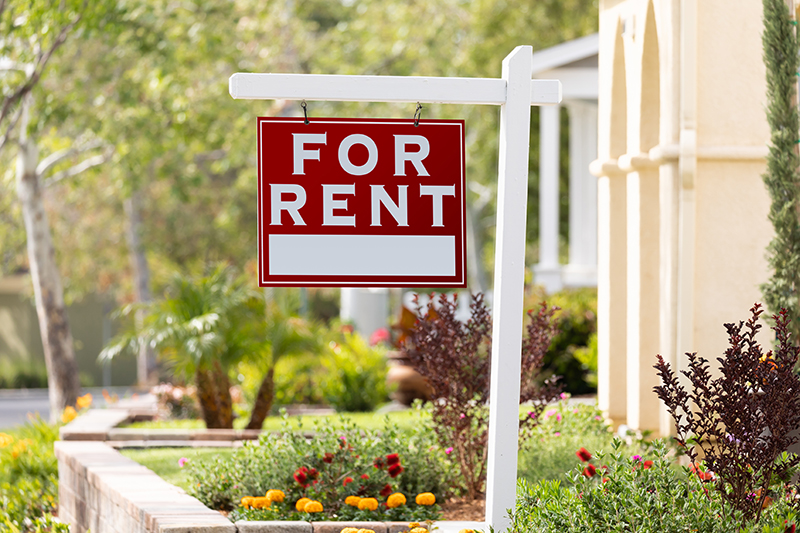Build to Rent Gains Popularity Among SFR Investors

The single-family rental (SFR) has transformed over the last decade, evolving from a defensive strategy for investors looking to buy distressed houses after the housing crisis into an offensive play for those looking to execute a long-term business plan. As the inventory of lower-priced homes continues to decline post-crisis, SFR investors are finding success and achieving greater yields in the build-to-rent market, noted several panelists at the recent IMN 7th Annual Single-Family Rental Investment Forum East in Hollywood, FL.
Build to Rent Market Overview
Because build to rent is a relatively new concept in the SFR market, it’s important to understand the market’s dynamics. Many SFR investors have realized the profitability of raising capital to build and rent out their own properties, rather than buying existing properties and selling them at slimmer margins. As a result, the build-to-rent strategy has become increasingly popular in the last few years.
This is evident in the consistent amount of new built-for-rent supply coming online in the last three to four years. New build-for-rent inventory should total 45,000 homes this year, noted Alex Sifakis of JWB Real Estate Capital, citing John Burns Real Estate Consulting data.
Build-to-rent property types fall into five categories, according to Jeff Cline, executive director at SVN. These include:
Build to Rent Financing Stages
The build-to-rent debt and equity stages also fall into five basic stages, three in the building phase and two in the buying phase, Cline said. These include:
To make the financing process seamless, many lenders like Arbor offer an efficient bridge-to-permanent solution, which allows the borrower to partner with the same lender throughout their investment horizon, from construction to long-term rental.
Several panelists agreed that abundant capital is looking to enter the build-to-rent space in search of yield. As investors establish a demonstrated operating history of SFR properties, capital sources will become even more comfortable financing these deals and creating products that match investors’ needs.
Markets and Property Characteristics
Panelists also described the type of markets seeing the most built-to-rent investment activity and the characteristics of these properties.
According to panelists, property features include:
In terms of markets where build to rent is proven successful, cities in the Southeast are seeing strong SFR growth. These include metros in Florida, Georgia, the Carolinas, and the outskirts of Nashville, where land is more readily available and property taxes are lower, noted Dennis Cisterna, CEO of Guardian Residential. Other metros in the Northeast and some in Texas can be challenging because of higher property taxes, he added.
Investment Strategies
Panelists at the conference also discussed their investment strategies. Sifakis said his firm often finds success in acquiring available lots as opposed to existing homes.
“There’s a lot less competition for infill lots than for homes right now so we’re getting much better profit numbers on the new builds than on homes were buying,” he said. And while infill lots come with unique challenges that you don’t find in subdivisions, such as utility issues or concerned neighbors, “the numbers still make sense on those infill locations for us.”
Cisterna said his firm also partners with homebuilders and developers to build SFR properties in order to hand off the operational burden.
“I won’t be able to build as efficiently as those homebuilders so I don’t want to compete with them. I’d rather buy [SFR properties] in scale,” he added.
Having a dual exit strategy is also an advantage for the SFR market, Sifakis noted. In that, if the market is strong, SFR owners have the option to sell to a homeowner or another investor.
Going forward, one of the main challenges SFR investors will face is finding available inventory and having access to data that can assist with setting rents and understanding markets.
Right now, Cisterna noted his firm goes out and surveys local communities with SFRs to get rent comps. “You have to do a ton of legwork in the community to make sure the rent is right.”
He added that setting the right rent is one of the most important factors for SFR investors, noting that in almost all markets, there’s a hard cap on what people will pay for rent. That will be a good determinant for owners when choosing the right market for their investment strategy.
For more insights on the SFR market, visit our SFR research page. To learn about Arbor’s SFR portfolio financing options, visit our SFR financing page.

